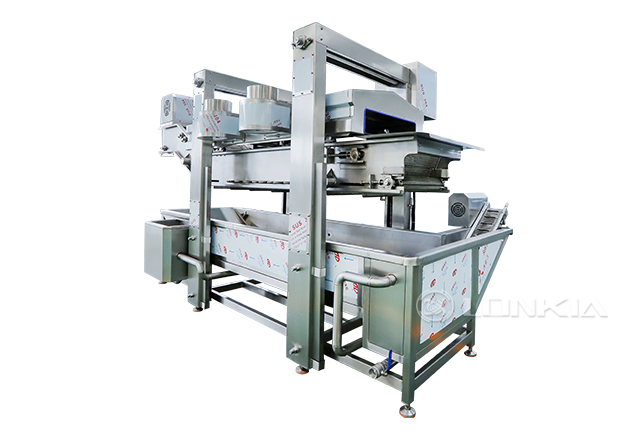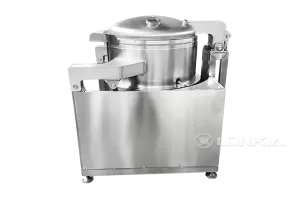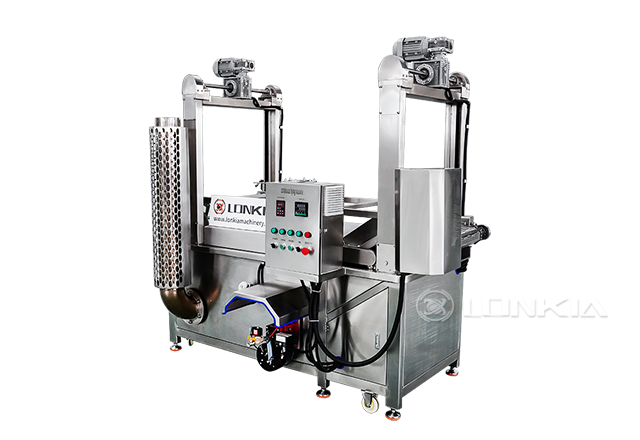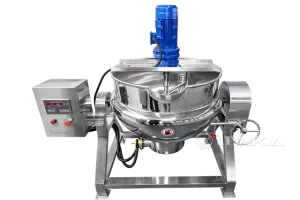Potato chips are one of the most popular snacks worldwide, loved for their crispiness and rich flavor. The production of high-quality chips requires a well-designed potato chips processing line with efficient machines at each stage. In this guide, we will walk you through the step-by-step process of transforming raw potatoes into crispy, delicious chips using LONKIA Machinery's advanced equipment.
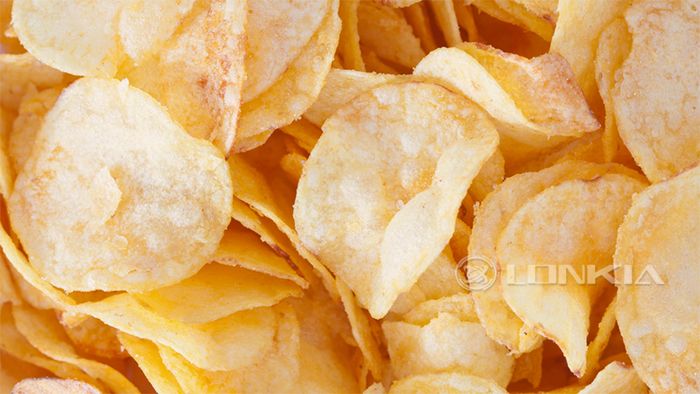
Step 1: Potato Selection & Sorting
The quality of potato chips starts with selecting the right raw materials. High-starch, low-sugar potato varieties like Atlantic, Snowden, or Russet are ideal for chip production. The potatoes are sorted based on size, shape, and quality to ensure uniform frying and consistency.
✅ Recommended Machine: Potato Sorting & Grading Machine
📌 Function: Automatically sorts potatoes by size and removes defective ones.
Step 2: Washing & Peeling
Once sorted, the potatoes must be thoroughly washed to remove dirt and impurities. Peeling is essential to ensure a smooth texture and enhance the final product's appearance.
✅ Recommended Machine: Potato Washing & Peeling Machine
📌 Function: Uses rotating brushes and water spray to clean and peel potatoes efficiently.
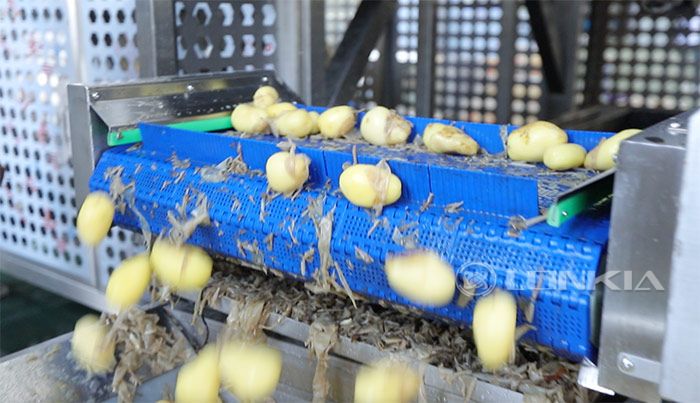
Step 3: Slicing & Cutting
After peeling, the potatoes are sliced into thin, uniform pieces to ensure even frying. Some businesses may also choose to produce crinkle-cut or stick-shaped chips for variety.
✅ Recommended Machine: Potato Chips Cutting Machine
📌 Function: Precisely slices potatoes into uniform thickness, ensuring consistent frying.
Step 4: Blanching
Blanching is a crucial step to remove excess starch, prevent oxidation, and improve the chips' texture. The process involves briefly immersing potato slices in hot water (65–85°C).
✅ Recommended Machine: Potato Chips Blanching Machine
📌 Function: Maintains chip color, enhances texture, and reduces oil absorption during frying.
Step 5: Dehydration
Before frying, excess moisture must be removed to prevent oil splattering and ensure crispy chips.
✅ Recommended Machine: Potato Chips Dehydrator Machine
📌 Function: Uses centrifugal force or hot air to remove surface moisture.
Step 6: Frying
Frying is the most critical step, as it determines the chips' crispiness, color, and taste. The oil temperature is typically maintained between 160–180°C, and the frying time is carefully controlled to achieve a golden-brown color.
✅ Recommended Machine: Automatic Continuous Frying Machine
📌 Function: Ensures uniform frying with precise temperature and oil circulation control.
Step 7: De-oiling
After frying, excess oil must be removed to make the chips healthier and prevent them from becoming greasy.
✅ Recommended Machine: De-oiling Machine
📌 Function: Uses centrifugal force to remove extra oil and improve chip texture.
Step 8: Seasoning
The final step in enhancing the chips' flavor is adding seasonings such as salt, cheese, barbecue, or spicy flavors.
✅ Recommended Machine: Potato Chips Seasoning Machine
📌 Function: Evenly coats chips with seasoning for a consistent taste.
Step 9: Packaging
To maintain freshness and extend shelf life, the chips must be properly packaged in airtight bags.
✅ Recommended Machine: Automatic Packaging Machine
📌 Function: Seals chips in air-tight packaging to prevent moisture and ensure longer shelf life.
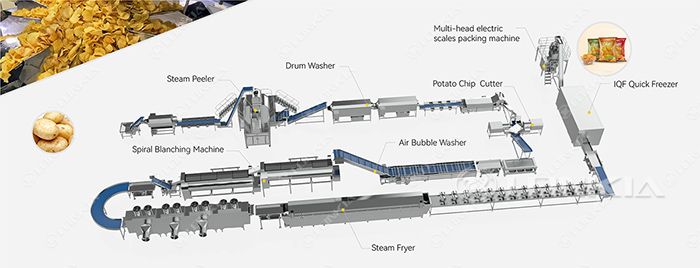
Conclusion
Producing high-quality potato chips requires a well-structured production line and high-performance equipment at each stage. From washing and slicing to frying and packaging, LONKIA Machinery offers customized potato chips processing solutions to meet your production needs.
💡 Looking for a complete potato chips production line? Contact LONKIA Machinery today for expert solutions!



